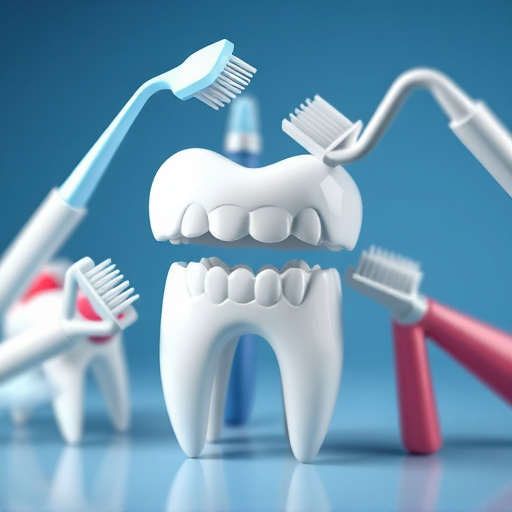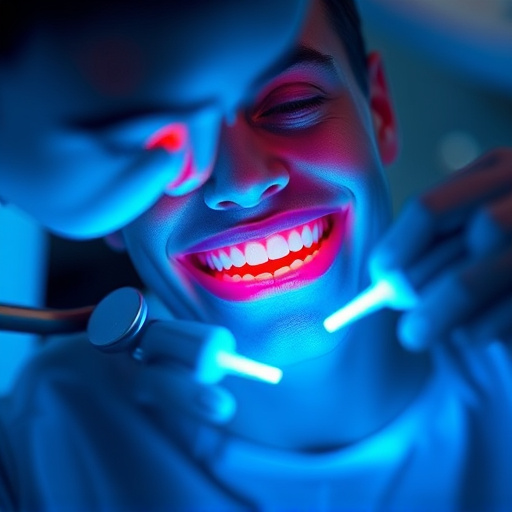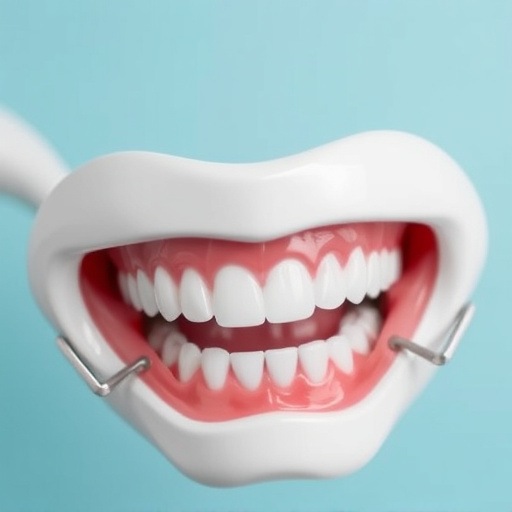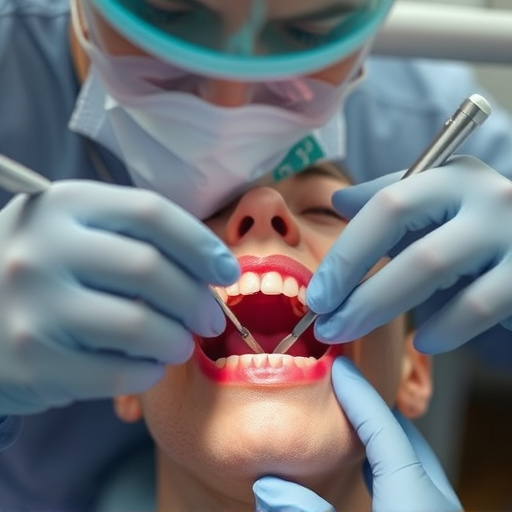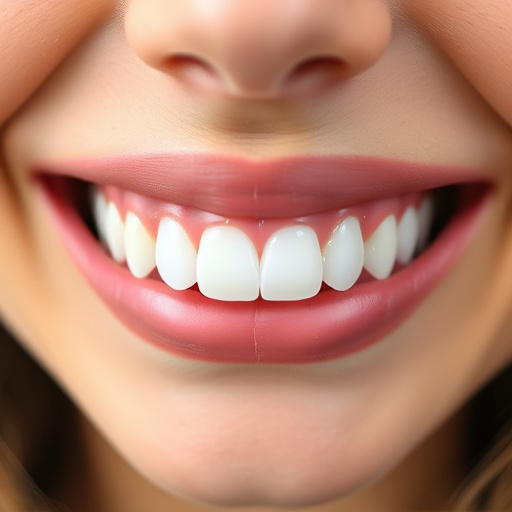Teeth grinding (bruxism) is a common condition leading to dental issues if untreated. Early detection through check-ups and testing is key. Treatment options include oral hygiene, mouthguards, lifestyle changes, and complex procedures. Customized mouthguards prevent nocturnal grinding. Preventive dentistry and cosmetic enhancements are considered. Insurance coverage for teeth grinding treatment should be reviewed to offset costs and promote better oral health.
Teeth grinding, or bruxism, is a common condition with potential dental and health implications. If left untreated, it can lead to significant damage. This article provides an in-depth look at understanding teeth grinding, exploring various treatment options, and managing associated costs. We delve into the different therapies available, from behavioral changes to dental devices, and guide you through navigating insurance coverage for effective teeth grinding treatment.
- Understanding Teeth Grinding and Its Impact
- Exploring Treatment Options and Costs
- Navigating Insurance Coverage for Grinding Therapy
Understanding Teeth Grinding and Its Impact
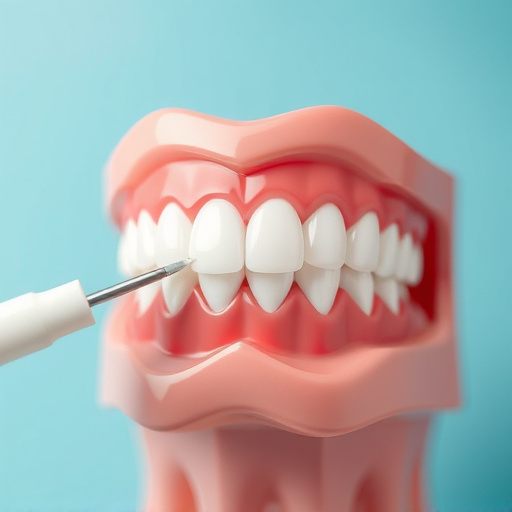
Teeth grinding, also known as bruxism, is a common condition characterized by the repetitive clenching or grinding of teeth. This often occurs during sleep but can also happen throughout the day, especially when individuals are stressed or anxious. While it might seem like a harmless habit, chronic teeth grinding can lead to significant dental issues and impact overall oral health. The constant force exerted on teeth can result in tooth wear, chip damage, and even tooth loss over time. Sensitivity, headaches, jaw pain, and earaches are common symptoms associated with bruxism.
Many people suffering from teeth grinding may not be aware of the problem until they visit their family dentistry for a routine check-up or experience discomfort. A qualified dentist can identify signs of bruxism through examination and specialized testing. Early detection is crucial as it allows for timely intervention and prevents severe tooth repair needs in the future, including costly procedures such as crowns, bridges, or implants. Regular teeth cleaning and oral hygiene practices are essential components of managing teeth grinding and maintaining a healthy smile.
Exploring Treatment Options and Costs
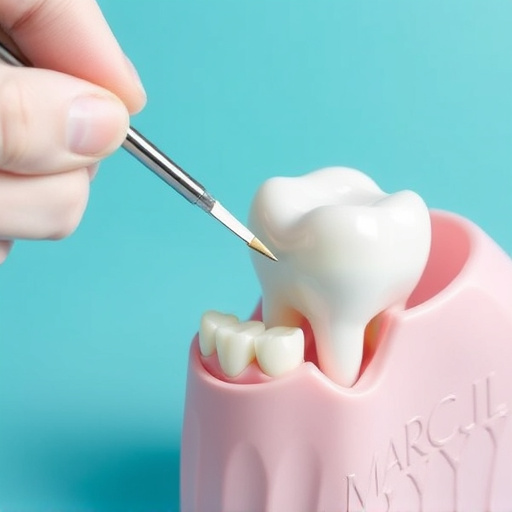
Exploring different teeth grinding treatment options is essential for managing this common yet disruptive condition. The first step is to consult a dental professional who can assess the severity and identify suitable therapies. Treatments range from simple lifestyle adjustments, such as stress management techniques and oral devices, to more complex procedures like dental surgery. Customized mouthguards, often recommended by dentists, are an effective way to prevent teeth grinding during sleep, offering relief for both you and your partner.
When considering the costs associated with teeth grinding treatment, it’s beneficial to look at various options. Preventive dentistry, including regular dental cleanings and check-ups, can play a role in managing the condition and preventing further damage. Cosmetic dentistry procedures, while sometimes not essential, may be explored for aesthetic improvements after the initial phase of treatment. Understanding the price points of these treatments and discussing them with your insurance provider will help you make informed decisions tailored to your budget.
Navigating Insurance Coverage for Grinding Therapy
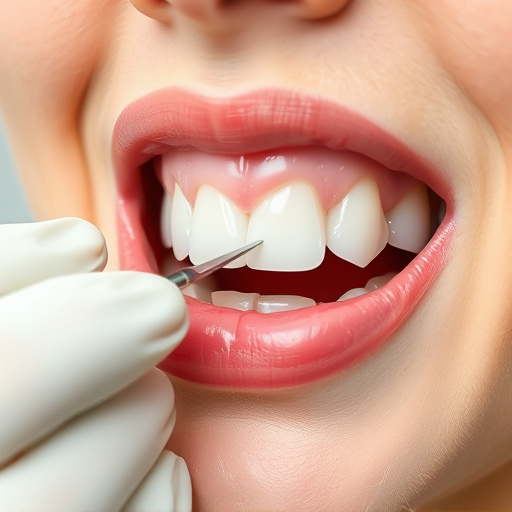
Navigating Insurance Coverage for Grinding Therapy
Understanding your insurance coverage is a critical step before pursuing teeth grinding treatment. Many health plans include dental benefits, but the specifics vary widely. Some policies may cover a significant portion of the cost, while others might only offer limited reimbursement. It’s essential to review your policy documents or contact your insurer directly to confirm what’s covered and any associated deductibles or co-pays. Often, preventive care, such as teeth cleaning, is fully covered, but costs for more complex procedures like wisdom tooth removal or restorative dentistry can vary significantly.
When exploring treatment options, consider the long-term benefits of addressing teeth grinding, a condition that, left untreated, can lead to significant dental issues over time. While the initial out-of-pocket expenses might seem daunting, many insurance plans recognize the importance of treating bruxism and may help offset these costs. This can ensure not only better oral health but also potentially save money in the long run by preventing more extensive restorative procedures like crowns or implants.
Teeth grinding, or bruxism, can significantly impact oral health and overall well-being. Understanding the available treatment options and their associated costs is essential in managing this condition effectively. By exploring various therapies, from behavioral changes to dental devices, individuals can find suitable solutions tailored to their needs. Navigating insurance coverage for teeth grinding treatment can be simplified by understanding policy specifics, allowing access to affordable care. With the right approach, managing bruxism is not only feasible but also a step towards enhancing oral health and overall quality of life.








